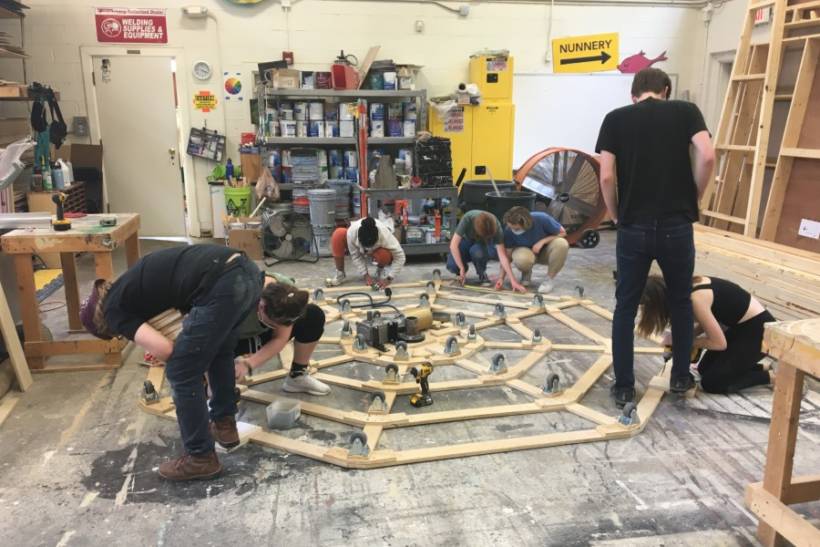Career and Technical Education
LIHSA is a Career and Technical Education (CTE) program. Under New York State’s “4+1” pathway assessment option, students must take and pass four required Regents Exams or Department Approved Alternative assessments and complete a comparably rigorous pathway to meet the fifth assessment requirement for graduation. Students can now do this with completion of the Career and Technical Education-approved exam and the core sequence of classes at LIHSA.
Performing Arts
The Performing Arts pathway focuses on the direct creation of art and entertainment by the individual artist instead of through a secondary physical medium. Performing artists are themselves the medium of creative expression.
– Dance
– Music: Vocal & Instrumental
– Acting & Musical Theatre
Visual & Digital Arts
The Visual & Digital Arts pathway includes those occupations that use visual art, digital media, and Web-based tools and materials as the primary means of communication and expression. In addition to an understanding of current workplace practice, this career pathway requires the development of knowledge and skills in both visual art concepts as well as new and emerging digital processes by which individuals are able to create and communicate complex concepts in a broad range of occupations and professions.
– Fine Arts
– 2D Character Design
– Digital Imaging
Scenic Construction & Production Technologies
This immersive program will equip students with the skills to build sets and performance environments in theatre, film, and live events. Working in small groups in the scenic construction workshop, students will learn how to create the worlds of performance using timber and metal fabrication, rigging, mechanics, drafting, computer-aided design and stage machinery and will leave LIHSA with a robust skillset, valuable industry connections and confidence about their future in live events, theatre, and film.

Sonic Arts
This program will offer students’ knowledge in the creation of artistic and commercial works of sound. The intended audience includes electroacoustic composers, other electronic music composers, sound artists, and sound designers. Sonic arts is an approach to composing music and sounds using new technologies. Electronic and software instruments open new possibilities for musical expression and sound design, which become two aspects of the same artistic practice. Sonic arts students will study studio techniques as methods to realize creative vision.
Game Design
In the Game Design program LIHSA students will prepare for careers in the rapidly developing gaming industry. They will explore current industry standard technologies, media and art applications, and emerging technological advances. Students will refine skills in drawing, narrative development, design, animation, graphic imaging, and multimedia production to prepare for employment, advanced training, or higher education in game design. Through hands-on experience, students will be introduced to critical aspects of the game industry. Roles and responsibilities within the game development team will be discussed and practiced through in-class exercises.
Multimedia Journalism
New for Fall 2022!
LIHSA’s new Multimedia Journalism CTE program will embrace the traditional tenets of journalism: objectivity, accuracy, credible sourcing, and strong writing. Students will work alongside industry veterans and will learn to tell their stories through a combination of text, images, sound, video, and graphics.
– Video storytelling: Identify video-worthy stories, to effectively interview subjects and to film compelling sequences and scenes.
– Audio storytelling: Focus on breaking news techniques to report, interview, script and edit compelling audio stories suited for radio broadcast or podcasting.
– Photojournalism: Mechanics and artistry of photography and aesthetics, ethics and history of photojournalism.

Of all the career industries, the Arts, Media and Entertainment sector requires perhaps the greatest cross disciplinary interaction because the work in this sector has a propensity to be largely project based, requiring both independent work and interdependent management skills for career success.
Core Classes
Students in all Pathways will complete additional credits in Career and Financial Management coursework, a requirement of a CTE program through the following courses.